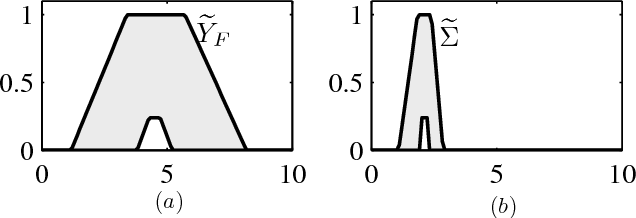

A narrow curve has a relatively low standard deviation. “The mean shows the height of the curve, and the standard deviation determines the width of the curve. In project management, SD graphs are what is known as “normal curve” or “bell curve” given the even distribution of values. With graphing, there is a visual representation of the mean and the distance from it (variance). Values from the SD formula calculations can be graphed to help understand this concept. The Optimistic Estimate is the “best-case” and thus shortest duration, or lowest cost, to complete the work. Optimistic Estimate (O)Įstimate for all favorable conditions with no risks or changes The “Optimistic estimate” is represented as “O” in project management formulas, including SD. The Pessimistic Estimate means it is the “worst-case” and thus longest duration, or highest cost, to complete the work. It is the opposite of the Optimistic estimate in concept. Pessimistic Estimate (P)Įstimate for all unfavorable conditions with all negative risks occurring and no mitigation of negative risks

The “Pessimistic estimate” is represented as “P” in project management formulas, including SD. As noted below, P is for the pessimistic estimate (“worst-case”) and O for the optimistic estimate (“best-case”). The “standard deviation formula PMP” is straightforward math: (P – O) / 6. With that insight, the distribution of each size shirt to manufacture can be determined, in other words, how many shirts of each size to manufacture to meet expected needs. When determining how many of what size shirts to create, the standard deviation of a population (say female customers from Canada) can be used to determine the mean (average size) and the distance from it (variance) of other sizes. ” Standard deviation is a statistical analysis tool that helps industries have a general understanding of parameters for the whole population, just by analyzing a sample of data.” Manufacturing provides a great example, specifically in clothing manufacturing. Project Managers may have questions about how the SD formula could be used in business settings. Noted by the lower-case Greek letter Sigma (σ), it is the square root of the statistical variance and indicates the spread of distribution (curve)Ī statistical concept that gives a measure of the ‘spread’ of the values of a random variable around the mean of a distribution, the more the variation, the more the uncertainty or risk in the process.īy calculating the mean and standard deviation of the project duration estimate, one can calculate the probability of completing the project within a given duration. Note the PMI.org online lexicon does not have a definition for Standard Deviation (SD) at this time, but it has been included in previous editions of the PMI’s A Guide to Project Management Body of Knowledge ( PMBOK® Guide).

In project management work, a simplified formula is used for what is sometimes referred to as “Standard deviation PMP” or the “Standard deviation formula PMP.” The mathematical component is the same, the difference is the values used for the calculation in a project context. Math textbooks and websites provide the classic definition of standard deviation.


 0 kommentar(er)
0 kommentar(er)
